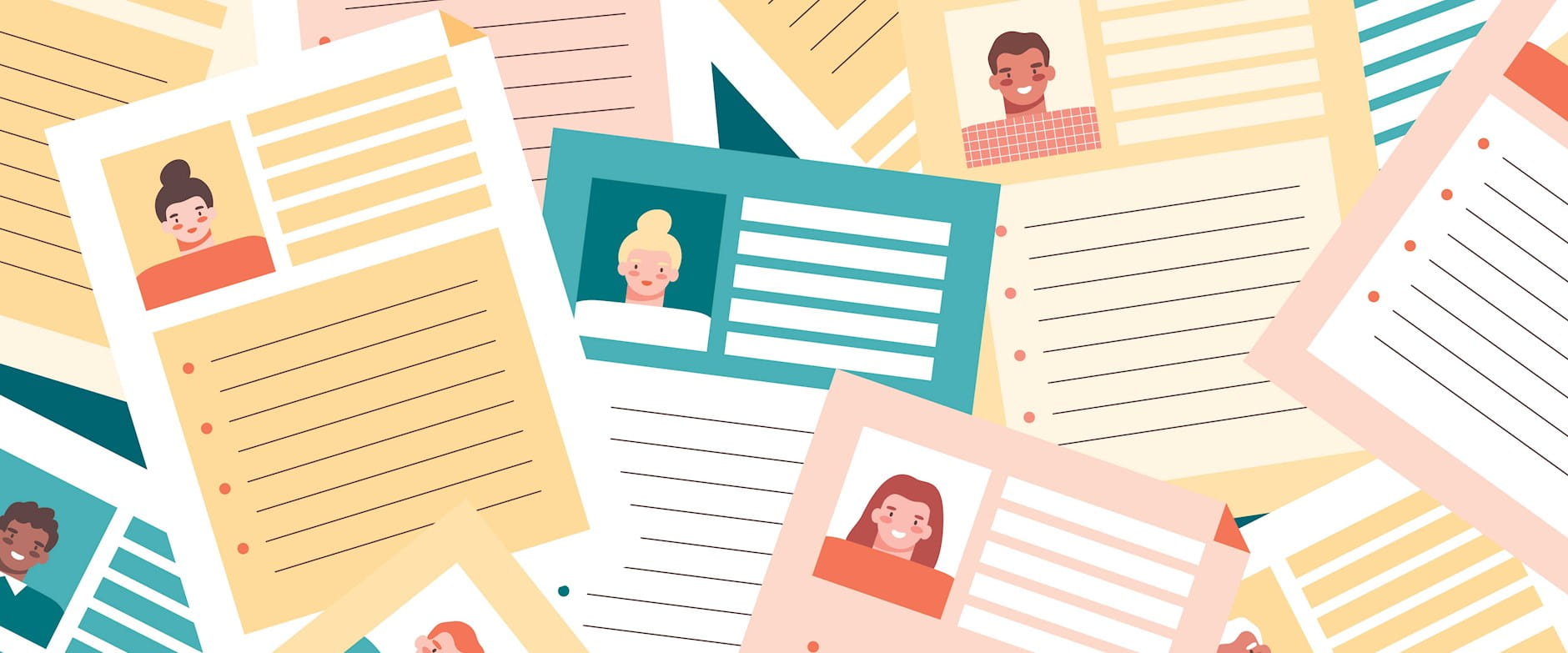Recruiters typically interview job candidates one after another. But some research suggests that interviewees might want to avoid being the last person evaluated.
When we evaluate others serially, we are likely—without realizing it—to give a harsher description of the person who comes last, according to Chicago Booth’s Alex Koch, Delivery Associate’s Andrew Bromley, Ruhr University Bochum PhD student Johanna Woitzel, and Ruhr’s Hans Alves. In a series of experiments, they find that people tend to describe the individuals at the top of a list more positively and are more likely to focus on the negative characteristics of those at the bottom.
This phenomenon could have important implications in a range of social and business settings, potentially including job interviews, the researchers suggest. The same issues may apply as we consider whom to ask out on a date or what social media posts to focus on. While the researchers say they aren’t ready to declare it the “serial killer” effect—one that would kill the chances of the final person in a series—they acknowledge that the bias could have negative consequences.
Koch, Bromley, Woitzel, and Alves conducted five experiments involving Facebook profile pictures. In one, they asked participants to describe a series of 20 people with one word on the basis of their profile photos. Each participant got a different subset from 1,000 pictures and a different, random order for viewing them. Participants’ descriptions became both increasingly negative and increasingly distinct as they got further into the series of images, the researchers observe.
Other experiments indicated that someone’s positive traits could lessen the effect. When photos of people with distinct positive traits were positioned late in a series, the effect didn’t hold, but it was amplified for people who had distinct negative traits. Positive traits were conveyed in a picture of a student graduating with honors, for example, or a playful museum goer, while negative traits came across in photos that included a person making a rude gesture at the camera.
The study capitalizes not only on a massive Facebook database of profile pictures but on advances in machine learning, Koch says. In the past, researchers could provide participants with a list of ways to describe someone, and they’d have to fill in a bubble to pick one. Now, scientists can study how participants communicate their reactions, and an algorithm can rate their words on, for example, positivity, he says.
Participants gave harsher descriptions of the later photos they saw because, essentially, they ran out of nice things to say, the researchers argue. Say you meet people at a dinner party and later on want to describe them to your partner. To offer something unique about everyone, you’ll describe a feature of the second person that you didn’t focus on in the first and something about the third person that you didn’t mention for the first or the second, and so on.
“You can see how for the last person in the series, the set of possible things you can describe while still trying to provide new information has gotten considerably smaller,” Koch says.
He combines this understanding with a theory from a paper he published with Alves and University of Cologne’s Christian Unkelbach: that there are many more ways to be negative than there are to be positive. Consider the temperature, for example. The range of temperatures most people enjoy is relatively small, and there’s a much broader range of uncomfortable temperatures—from life-threateningly cold to life-threateningly hot. In this previous paper, Koch and his colleagues found a similar phenomenon with positive versus negative words—across a range of languages they tested, there are many more ways to describe something or someone negatively than there are ways to do so positively.
Because we want to provide useful information on the people we meet, we look for unique words to describe them, explains Koch—and when our list of positive words runs out, we focus on the negative, Koch says.
“You’ll probably witness positive features, but you just won’t store that person in your own memory under those features, and you won’t communicate those features because they’re not new,” Koch says. So the last person on your list gets the short end of the stick.
- Hans Alves, Alex Koch, and Christian Unkelbach, “Why Good Is More Alike than Bad: Processing Implications,” Trends in Cognitive Sciences, January 2017.
- Alex Koch, Andrew Bromley, Johanna Woitzel, and Hans Alves, “Why Serial Person Perception Can Be Increasingly Negative,” Working paper, August 2022.
Your Privacy
We want to demonstrate our commitment to your privacy. Please review Chicago Booth's privacy notice, which provides information explaining how and why we collect particular information when you visit our website.
